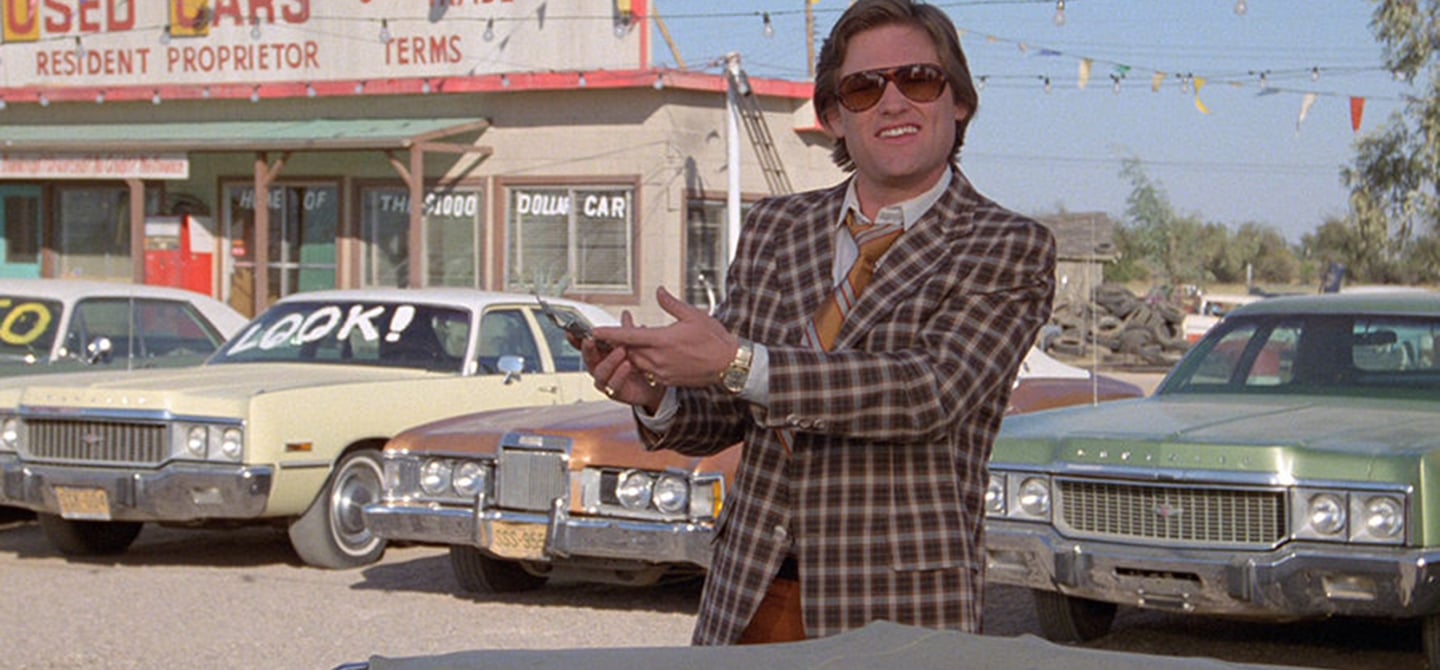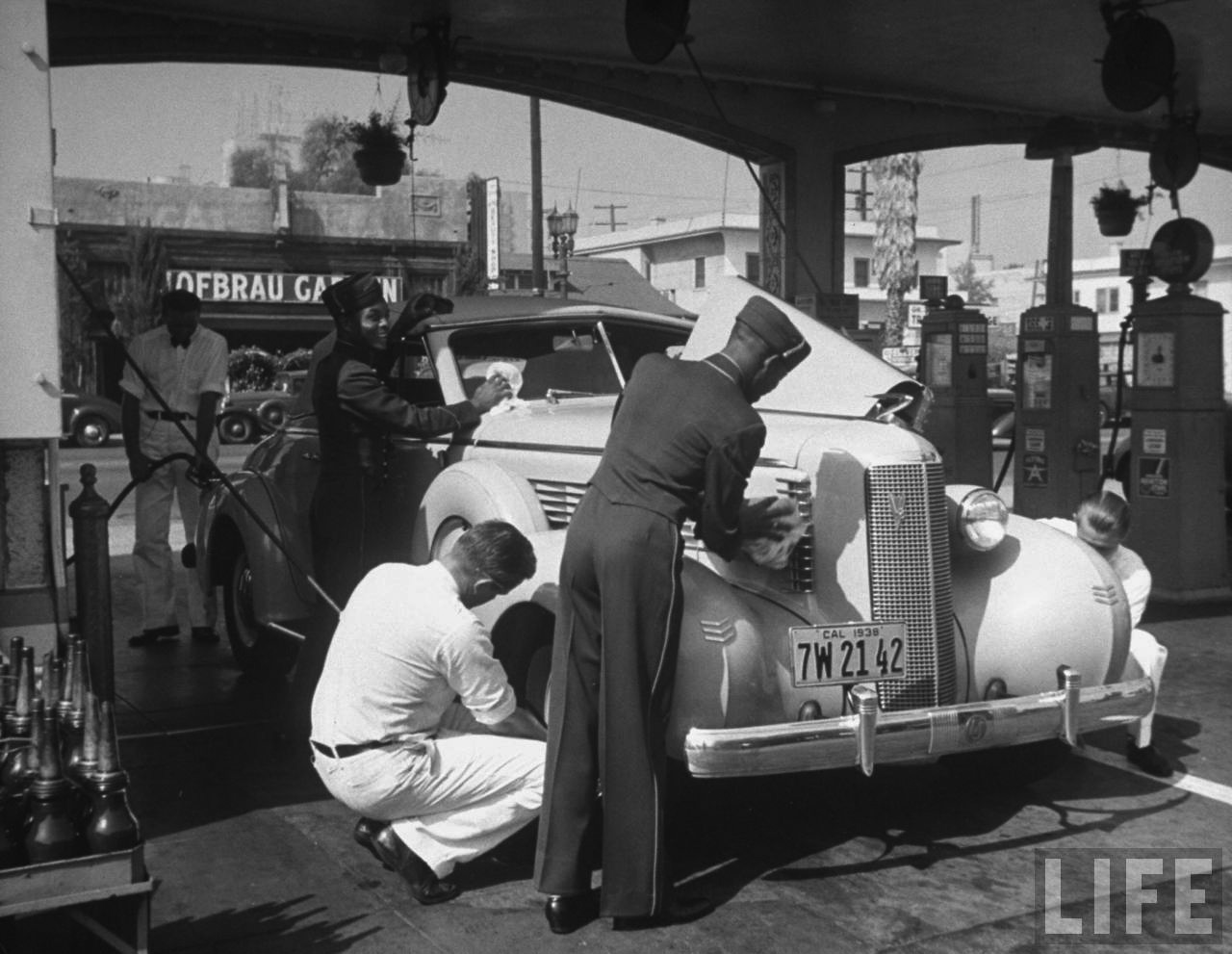
Lead Capture Is Nothing New...
"Turn in your f***ing cards dammit!" Harvey screamed at me.
There's a LOT to learn when you start selling but one of the cardinal rules was to keep several prospect cards and pen with you at ALL times. "ProCards" were 4" x 6" cards printed with the information we were expected to collect from every prospect that walked onto the lot or called in looking for information. A 2-part carbonless form, I was required to fill out the card then tear off the top and give it to Harvey, my sales manager. You can surmise from Harvey's colorful Anglo-Saxon metaphor that I wasn't that good at following instructions. The truth was, I remembered that I needed to turn in the cards. The reality was that most of the card was blank and it was less humiliating to get yelled at for forgetting to turn in the card than it was to get berated for turning them in incomplete.
I started selling in 1977 while still in high school. Mostly I was selling marine accessories like water skis and bilge pumps but when I had time I also worked the sales floor selling outboard motors, boats, and snowmobiles. Because I was "the Boss's kid" the salespeople and Harvey the Sales Manager had no choice but to tolerate my forays onto the sales floor. But, boss's kid or not, I still had to follow the rules and that meant turning in the ProCards to Harvey.
ProCards served 2 purposes:
- They held information given by the prospect that allowed us to steer them to the product that would best serve their desires (I won't say "needs" because no one "needs" a fishing boat. They "desire" a fishing boat).
- Second, you were expected to write down the underlying reasons they wanted a fishing boat. For example, if they said that "if feels like my son and I are drifting apart and I'd like to take him fishing on the weekends", I'd write that little gold nugget down on the ProCard to strengthen rapport later.
Completed ProCards were indicative of a successful sales department. The truth was (and still is), salespeople that who "rely on their memory" are not very good. Sure, there will be exceptions to this rule but VERY few true superstars can achieve sales mastery without using some kind of system to capture their leads.
Then CRMs came along...
The promise of a CRM is simple - by entering all of the prospect's information digitally, it would be available for the salesperson, the sales manager, the owner, or anyone else that had a "need to know" access to the information.
But, there were some problems...
Computers are not good with "random" data. On my ProCards, I wrote notes on the margins, used different colored highlighters to make finding the card I wanted easier, and I filed them by product first, alphabetically second. This system worked really well for me because I used the cards as a "tickler file" to jog my memory - "familiar-looking man walked in - tall and thin with mustache and glasses - looking at a Lund Pro-V". You'd flip through your cards and find - John Bates. You'd walk over and "Hi John! How are you today?" At the time there wasn't a CRM on the planet that could replace a tickler file.
The other BIG issue for many salespeople is the vacuum that exists between the CRM's automation and the salesperson's control of the sales process. Imagine you're talking to a prospect, discovering their needs, and building rapport. You're instructed to add the information to the company's CRM but when you do, the CRM starts sending out automated emails that are incongruent with the conversations. There's a good probability that the prospect is going to get confused by these conflicting messages and often they'll bail.
This is not the outcome that management or the salesperson wants.
Doc Brown

It’s Your Kids, Marty! Something’s Gotta Be Done About Your Kids!
Doc Brown - Time-Travelling DeLorean Owner
Fixing The Problems Of The Future:
All of this has us circling back to: "How do we combine the beauty and simplicity of the ProCards with the power of an automated CRM and why do we want to do that?"
First, let's discuss the "how". The big advantage of a ProCard is that it specifies the information that is consistently needed to move the prospect through the entire sales process - capturing the name, address, phone numbers, email, etc. This information is easily entered into a CRM. The ProCards also, by virtue of being blank on the back, allowed the salesperson to keep all kinds of random data that didn't have a place on the form fields on the front. This information can still be entered into a CRM's fields but it's very difficult - if not impossible - to retrieve that information.
The solution used by Keap is to allow an unlimited number of tags that allow you to search for certain characteristics while eliminating others. For example, you could search for any contact that HAD the tags: Profile - Age - 30 to 39 years old, Profile - Marital Status - Married, Activity - Test Drive - Completed but NOT Status - Last Contact - 0 to 7 days ago
The key to making this work is by being deliberate about the information that is truly necessary to be "searchable" AND having a naming convention for the tags BEFORE you start accumulating information. Failing to do either of these will result in your tags becoming a complete mess and will make retrieving custom information extremely difficult.
The second, and arguably more important reason, is that North Americans are demanding a "more personalized" service. No one wants to "wait in the queue" and then get treated like "just another account number". The good news is that when you have the kind of information you need at your fingertips, creating memorable experiences gets much easier and it distinguishes you from competitive offerings. A huge benefit when speaking directly to a prospect but also a huge benefit when the CRM can use that data to customize the copy in an email or text message.
From personal experience, I know how I feel when after a major purchase - like my Mustang - the dealership sends me nothing more than a cold, generic form letter. No phone call a week after. No follow-up letter. Nothing.
Imagine instead that the following morning I received a text message from the salesperson asking how we enjoyed the trip home and if I had any questions. This could easily be automated. A few days later I receive a letter - signed by the dealership owner - thanking me for my purchase and asking me to call him/her if I had any issues or concerns with my purchase and "What could we do to have made your experience even better?" Again, automated except for the signature (maybe). 7 days after delivery the salesperson CALLS to follow-up, polls us to make sure we're happy and if so, could we leave a review? The task to call is automated. The email with the Google review URL is automated. If I'm NOT happy the procedure to have a manager call me is... Automated!
Now, to be fair, you can't automate everything. But if you are deliberate about what goes on in your business, you can automate a LOT. And you should. Because ignoring your prospects, buyers, and past buyers because you're "too busy" is not a valid excuse.
Here's the thing - it all begins with LEAD CAPTURE. Use automation to bring discipline to your business but look to the past for the outstanding service ideas we long since lost.

If you're thinking about automating parts of your business but don't know where to start, CLICK HERE and schedule a complimentary 15-minute call with Richard and discover if automation - and Keap - are right for your business.


0 comments